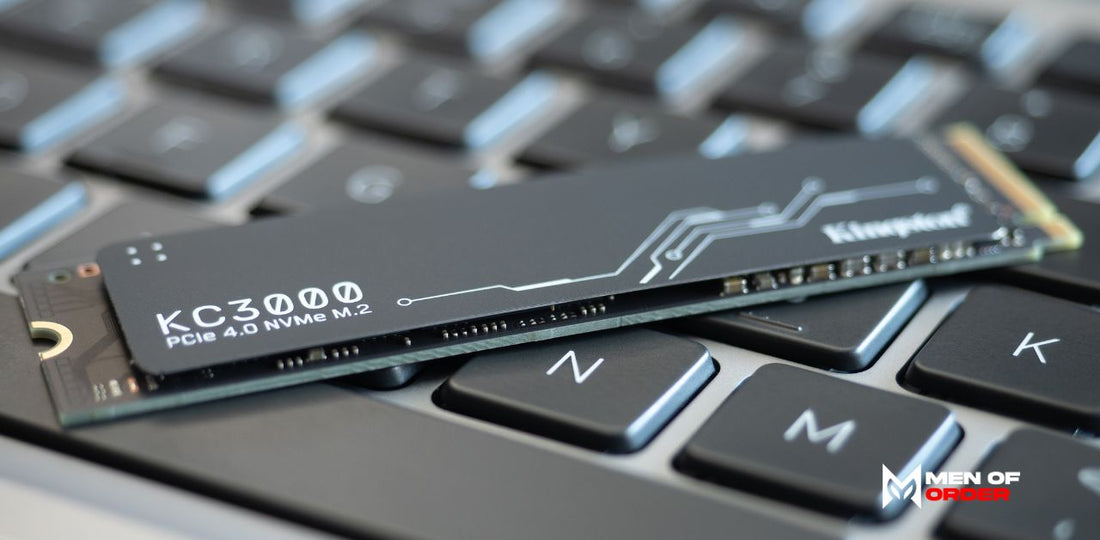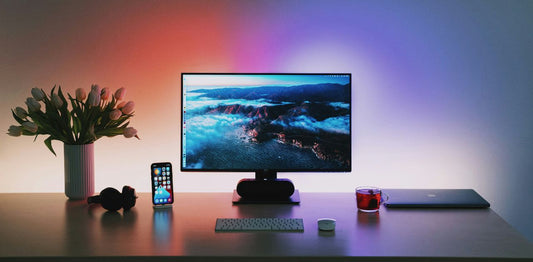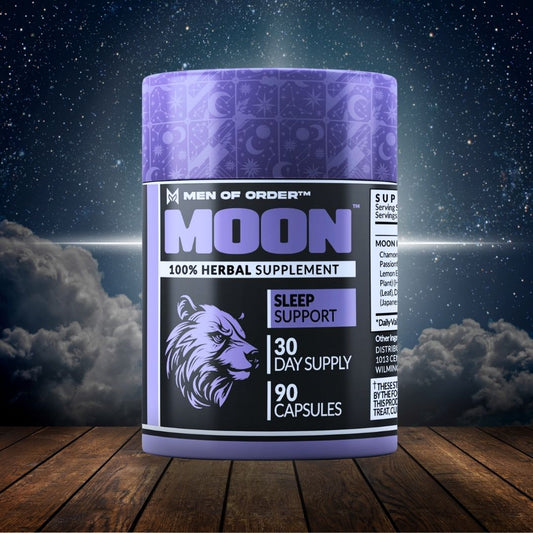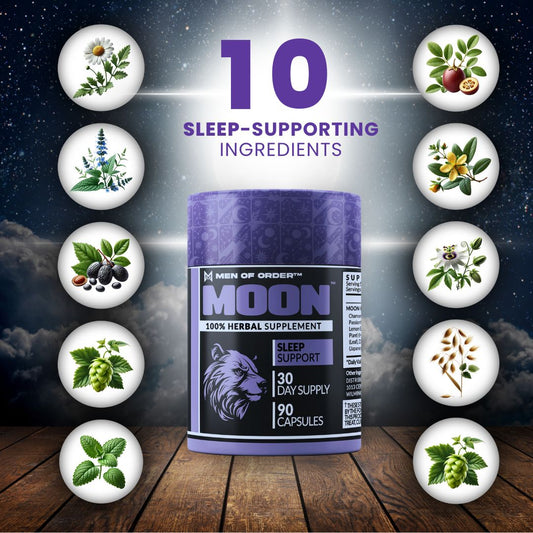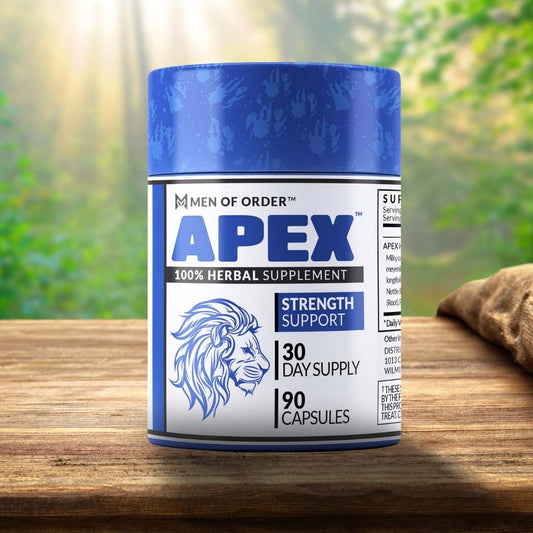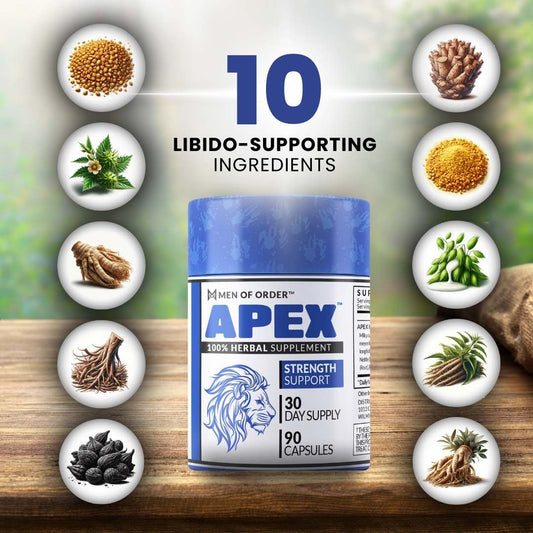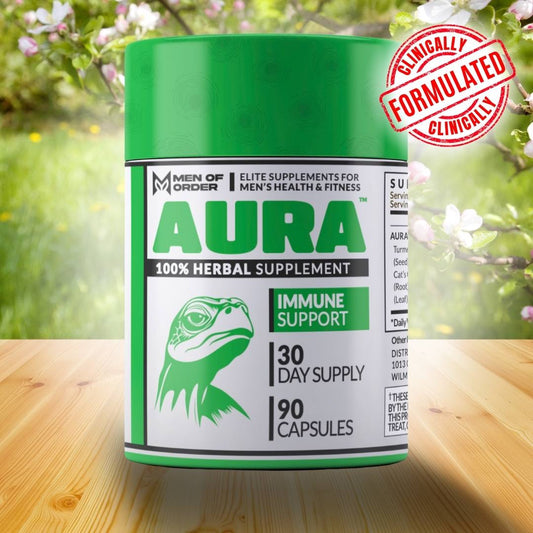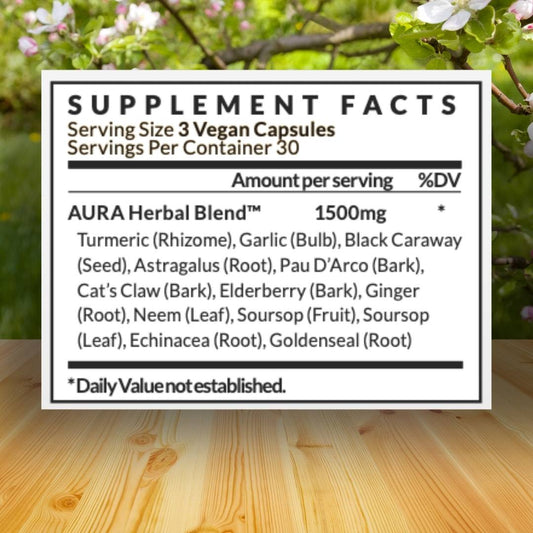You'll need top-quality storage to store your videos, documents, and video games. Here's a simple guide on how to pick the best storage devices.
Type
The two most common types of drives are Hard Disk Drives (HDD) and Solid-State Drives (SSD).
For HDDs, 3.5" drives are typically meant for PC builds. They offer more storage capacity but are slower. They're also cheaper.
SSDs are faster but typically have lower storage capacity. 2.5" SSDs are common for PC builds. They're similar to HDDs and connect with SATA cables.
M.2 SSDs are the current standard for custom PC builds. It has a tiny form factor and looks like a stick of gum.
These drives are simple to install; there's usually a slot for them right on the motherboard.
mSATA drives are designed for smaller form factor builds where space is limited.

Use Case
A solid PC build has both HDDs and SSDs. It's best to find a motherboard that can handle multiple M.2 SSDs, and your case should have the space for plenty of HDDs.
It's important to have at least one large HDD to store any large files and keep them separate from your boot drive.
The boot drive should be an SSD. Your operating system and any apps you want to load fast should be installed here. These apps are the only things you use on a regular basis.
If possible, load any other secondary apps or games onto another SSD. They still get the benefits of faster speeds, but they're not overloading your main SSD.

Storage Management
It isn't worth it to buy any drive under 500GB unless you're not doing anything but checking email.
Installs and files can add up; it's important to have more than enough space. Otherwise, you'll be looking through your drives constantly trying to delete stuff.
A common size for SSDs and HDDs is between 1-2TB.
It's best to choose the larger size to last a while. Apps and games in the future will require even more room.

Wrapping Up
Consider the type of storage drives - HDDs and SSDs. SSDs are great for fast, everyday, use.
HDDs are great for storing "simple" data - videos, photos, old games, etc.
When building your machine, pick a larger size for future software upgrades.
Here are some of the most common storage drives:






